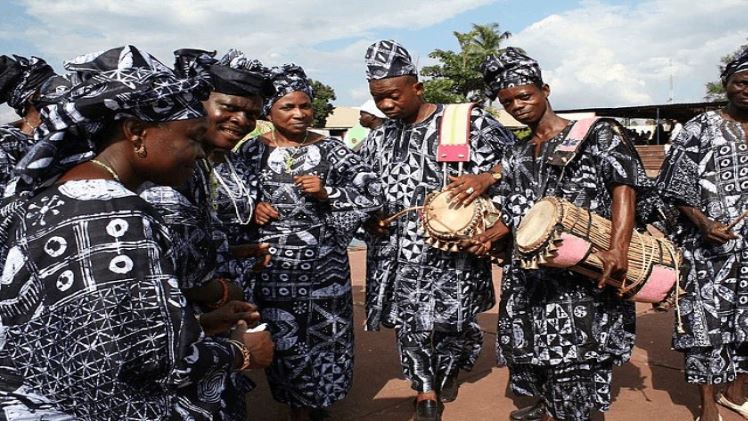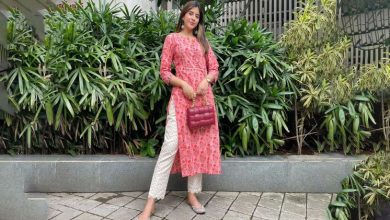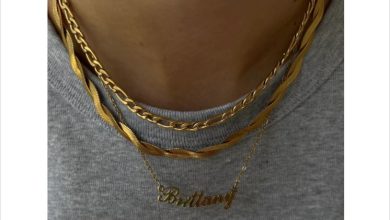What Is Fashion and How Does It Affect Culture?

Fashion is an integral component of culture that encompasses the production and dissemination of new trends. Clothing plays a central role in fashion and can serve both as an expression of individual style and as a form of cultural communication. Fashion trends can be affected by various forms of influence ranging from social, economic, technological and political shifts; thus affecting different fashion trends depending on age, social class generation occupation geography time. Furthermore there may also be differences in styles across cultures with men wearing differently colored clothes than women, such as race.
Fashion evolves continuously as new technologies, materials and consumer needs emerge. Fashion industry is an evolving global enterprise spanning multiple billions in revenue; thus constantly adapting to meet shifting consumer preferences. Fashion doesn’t stop at clothing; its definition encompasses shoes, bags, accessories and even language!
Many people enjoy keeping up with the latest fashion trends through clothing choices. Doing this may serve both as an expression of self-expression and an attempt to fit in with other people or make friends. Some enjoy creating new looks by mixing and matching clothing items to form unique looks while others simply shop pre-made fashions.
Fashion industry turnover can be rapid. A look or trend seen on the runway or celebrity media may take only days to make its way into stores; for it to become fashionable it must become accepted by multiple consumers before becoming considered fashionable – this explains why there are so many fads and trends; some people try them just out of curiosity while others cling tightly to what they know best because it feels comfortable to them.
Clothing has long been a way for individuals to express themselves, their personalities and beliefs through clothes – it continues to play an enormous role in daily life and is an industry that has an immense global reach that influences many aspects of culture, as well as having profound effects on global affairs.
Civil Rights Movement-inspired wearers of black jeans has led to a fashion revolution and has transformed our collective wardrobes. Fashion is also used as an effective vehicle of activism; for instance, clothing worn during protests against apartheid was often part of this resistance.
When making decisions on how to spend your clothing budget, invest in pieces that will last. Boleros, classic trench coats, jeans and T-shirts are timeless investments that never go out of style. When shopping new clothing pieces, look for natural fibers such as cotton, silk or wool which give luxurious feel when worn; synthetic materials like polyester may look cheap and fake compared to these natural fibers. Furthermore, pay attention to fabric weight and texture ensuring it drapes appropriately around your body, helping your outfits appear more expensive and high end than they actually cost!




